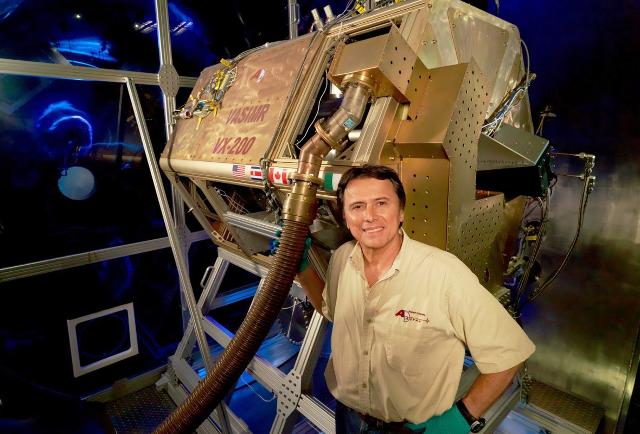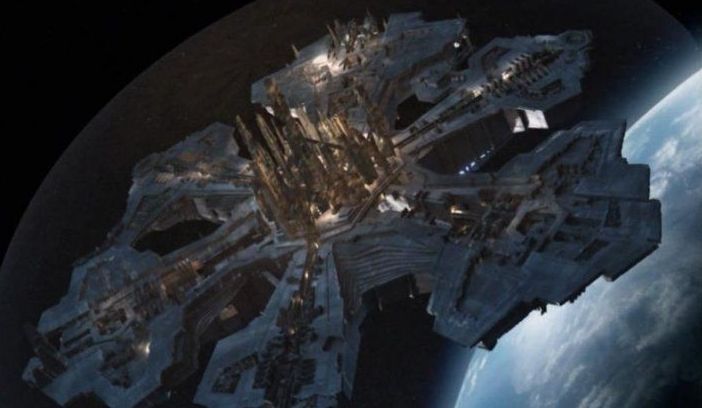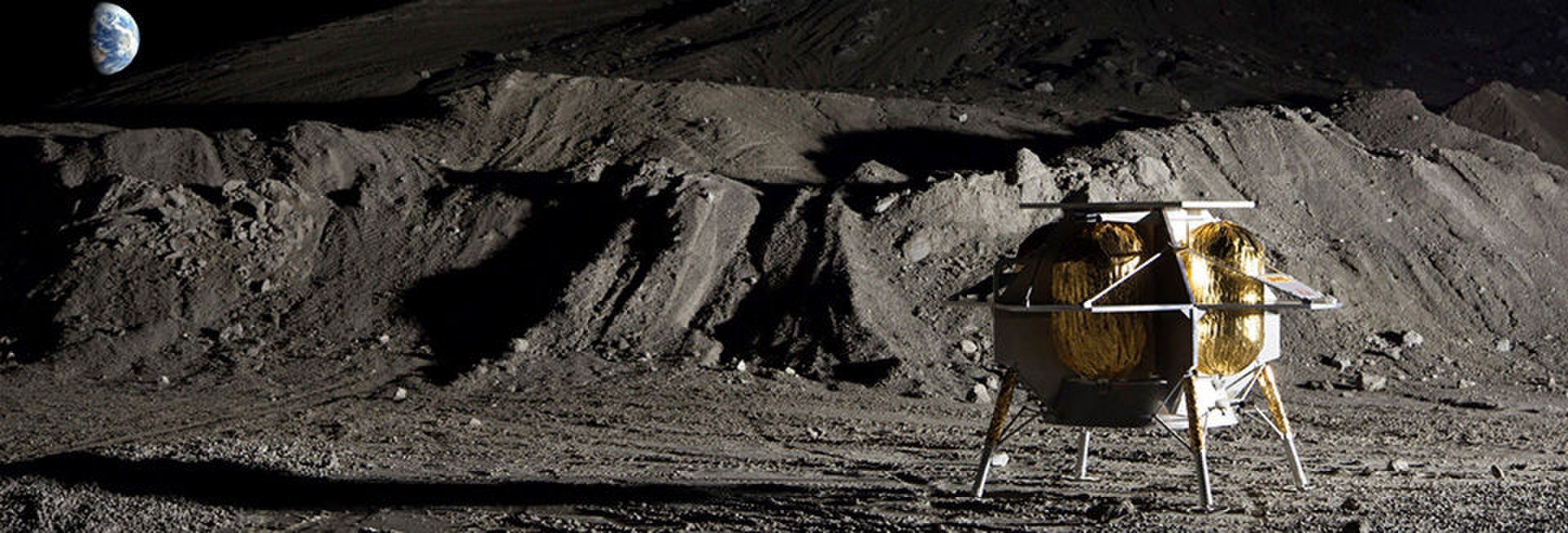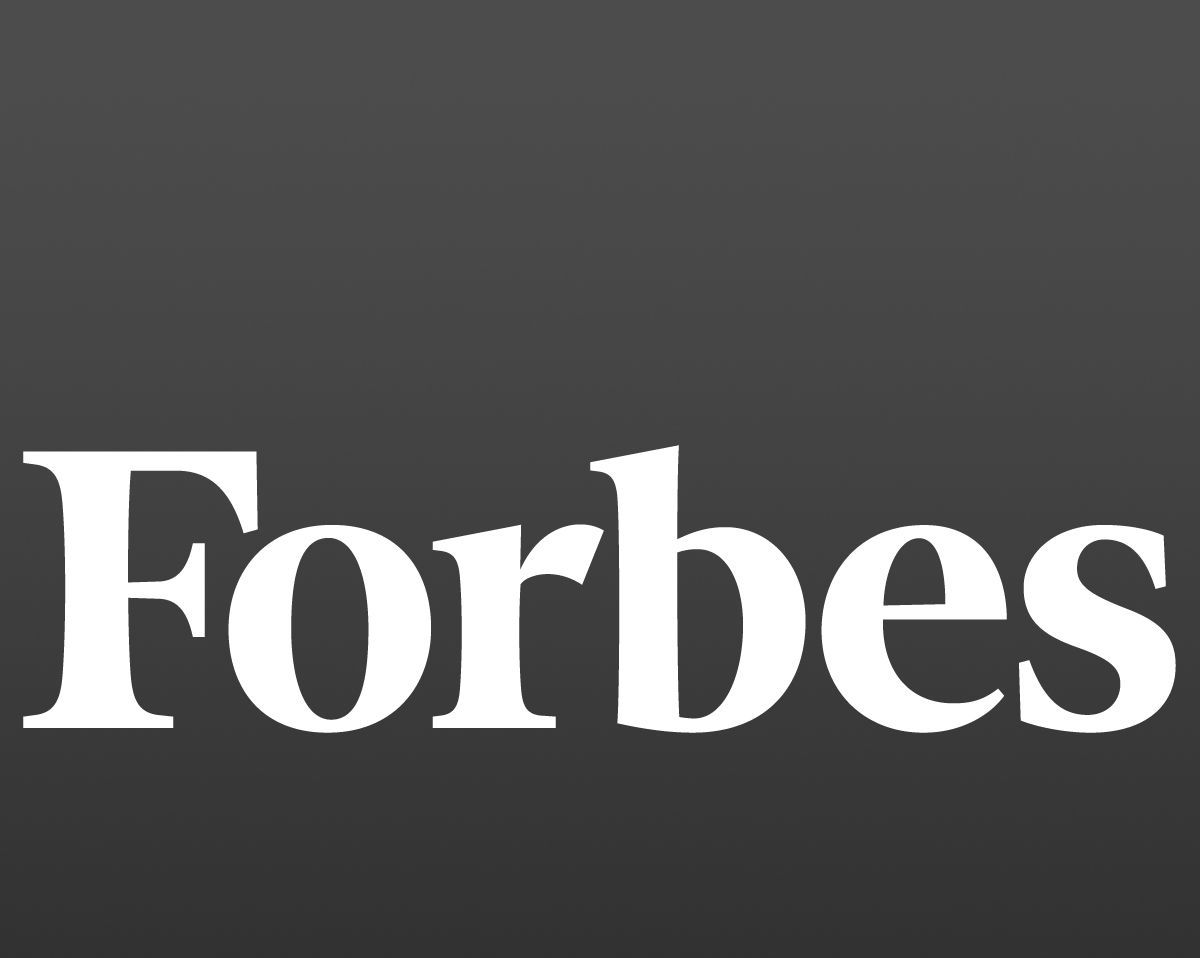In his new book, “To Mars and Beyond — Fast,” seven-time Shuttle astronaut Franklin Chang Diaz explains the 40-days-to-Mars high concept in layman’s terms. But will it work?


How will we send humans to the moon, Mars and other destinations in space? The chances are good that electric propulsion will play a role, and a company called MSNW is at the cutting edge of that technology.
The director of propulsion research for Redmond, Wash.-based MSNW, Anthony Pancotti, will take a share of Capitol Hill’s spotlight on Thursday during a hearing organized by the House Subcommittee on Space. And he expects to learn as much from his encounter with lawmakers as they’ll learn from him.
The government’s mission to put the UK at the forefront of commercial spaceflight has been given a big boost after plans were announced to build the world’s first private space research centre in Bedfordshire. The £120 million Blue Abyss facility will be constructed at RAF Henlow, providing domestic and international companies with access to the world’s biggest 50 metre deep pool, a 120 room hotel, an astronaut training centre and a “human performance centre” that will help divers, astronauts and athletes train at the very top level.
The base, which is set to fully close in 2020, already houses some of the facilities that paid-for astronauts need to acclimatise to the rigours of space. Its centrifuge base, for example, will expose space-goers to extreme G forces as part of their commercial astronaut training programme. The idea is to provide the necessary services needed by private spaceflight providers to get their passengers launch ready.
The pool, which will be three times deeper than NASA’s 12 metre Neutral Buoyancy Laboratory (NBL), won’t just be used for space projects. Offshore oil, gas and renewable companies will be invited to test their equipment in Blue Abyss’ waters. Submersibles will also be welcome, allowing companies to test underwater vehicles in “extreme environments.”

Adam Crowl considers spaceships if EM-Drive is verified as a real thing.
If the NASA emdrive performance of 1.2 millinewtons per kilowatt.
8.3 TeraWatts of power would be needed to provide 10 million newtons of thrust to accelerate a 1000 ton space-craft at 1 gee of acceleration. We have no power source that could generate 8.3 TeraWatts for a 1000 ton spacecraft.

The world’s first laser communication link … from the Moon!
A laser communications terminal on a private firm’s upcoming mission to the Moon has been announced during this week’s Paris Air Show.
Astrobotic of Pittsburgh, Pennsylvania and ATLAS Space Operations Inc. of Traverse City, Michigan are now linked at the laser – offering up to one gigabit per second of data to its customers.

SpaceX successfully launched a used rocket from NASA’s Kennedy Space Center in Cape Canaveral, Florida, on Friday afternoon. It landed safely minutes later.

Space-based solar power has had a slow start, but the technology may finally take off in the next few decades. Since its inception, solar power has had a severe limitation as a renewable energy: it only works when the Sun is shining. This has restricted the areas where solar panels can be effectively used to sunnier, drier regions, such as California and Arizona. And even on cloudless days, the atmosphere itself absorbs some of the energy emitted by the Sun, cutting back the efficiency of solar energy. And let’s not forget that, even in the best of circumstances, Earth-bound solar panels are pointed away from the Sun half of the time, during the night.
So, for over half a decade, researchers from NASA and the Pentagon have dreamed of ways for solar panels to rise above these difficulties, and have come up with some plausible solutions. There have been several proposals for making extra-atmospheric solar panels a reality, many of which call for a spacecraft equipped with an array of mirrors to reflect sunlight into a power-conversion device. The collected energy could be beamed to Earth via a laser or microwave emitter. There are even ways to modulate the waves’ energy to protect any birds or planes that might wander into the beam’s path.
The energy from these space-based solar panels would not be limited by clouds, the atmosphere, or our night cycle. Additionally, because solar energy would be continuously absorbed, there would be no reason to store the energy for later use, a process which can cost up to 50 percent of the energy stored.

For decades, space exploration and experimentation has been the playground for world governments and wealthy academics. Exposure to space was limited to sci-fi, the odd government broadcast, and conspiracy theories. Normal people could only buy their loved ones stars or plots of cosmic land as a sentimental gift.
The term “moonshot” is sometimes invoked to denote a project so outrageously ambitious that it can only be described by comparing it to the Apollo 11 mission to land the first human on the Moon. The Breakthrough Starshot Initiative transcends the moonshot descriptor because its purpose goes far beyond the Moon. The aptly-named project seeks to travel to the nearest stars.
The brainchild of Russian-born tech entrepreneur billionaire Yuri Milner, Breakthrough Starshot was announced in April 2016 at a press conference joined by renowned physicists including Stephen Hawking and Freeman Dyson. While still early, the current vision is that thousands of wafer-sized chips attached to large, silver lightsails will be placed into Earth orbit and accelerated by the pressure of an intense Earth-based laser hitting the lightsail.